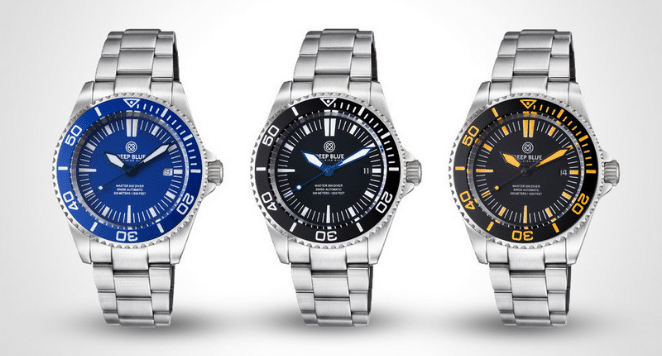The Pop It sensation has taken the world by storm, captivating both children and adults alike with its simple yet addictive design. Originating as a sensory toy, Pop It has evolved into a cultural phenomenon, inspiring everything from memes to merchandise and becoming a ubiquitous presence in playgrounds, classrooms, and social media feeds worldwide. At its core, the appeal of the Pop It lies in its satisfying tactile experience. Consisting of rows of silicone bubbles that can be pressed and popped, the toy provides a uniquely satisfying sensation akin to bubble wrap but with endless reusability. Each press produces a satisfying pop sound and a slight resistance, creating a sensory experience that is both calming and engaging. But what exactly makes the Pop It so irresistible? One factor is its versatility. Available in a myriad of shapes, colors, and sizes, the Pop It offers something for everyone, from traditional square designs to more intricate shapes like hearts, animals, and even food items.
This variety allows users to express their individuality and personal style while satisfying their sensory cravings. Furthermore, the Pop It transcends age boundaries, appealing to both children and adults alike. For children, the toy offers a fun and engaging way to explore sensory stimulation, improve fine motor skills, and relieve stress and anxiety. For adults, it serves as a nostalgic throwback to simpler times while providing a welcome distraction from the stresses of daily life. The rise of social media has played a significant role in amplifying the Pop It craze. Platforms like Ticktack and Instgram are flooded with videos of users showcasing their impressive Pop It collections, demonstrating various popping techniques, and even creating ASMR-style content centered on the toy’s satisfying sounds. This online visibility has only fueled the toy’s popularity, turning it into a must-have accessory for influencers and trendsetters.
But beyond its entertainment value, the Pop It phenomenon has also sparked conversations about the importance of sensory play and mental health. Many educators and therapists have embraced the toy as a tool for promoting mindfulness, self-regulation, and sensory integration in children with autism, ADHD, and other sensory processing disorders. Its simple design and accessible price point make it an ideal tool for sensory exploration and relaxation in therapeutic settings. However, as with any viral trend, the pop it phenomenon has also faced its fair share of criticism and controversy. Some parents and educators worry that the toy’s constant presence may lead to distraction and overstimulation, particularly in educational settings. Others express concerns about its environmental impact, given that many Pop It toys are made from non-biodegradable materials like silicone.
 While not intended for deep-sea diving like genuine Rolex watches, many replicas boast water resistance ratings suitable for everyday activities, further solidifying their status as functional timekeeping instruments. Replica Rolex watches often come in meticulously crafted boxes that mirror the luxurious presentation associated with authentic Rolex timepieces. These details contribute to the overall experience of owning a replica Rolex, elevating it beyond a simple imitation and into the realm of a collectible item. The phenomenon of the
While not intended for deep-sea diving like genuine Rolex watches, many replicas boast water resistance ratings suitable for everyday activities, further solidifying their status as functional timekeeping instruments. Replica Rolex watches often come in meticulously crafted boxes that mirror the luxurious presentation associated with authentic Rolex timepieces. These details contribute to the overall experience of owning a replica Rolex, elevating it beyond a simple imitation and into the realm of a collectible item. The phenomenon of the  Entertaining t-shirts are of different sorts. They may be accessible in various strategies, variations, appearance; their expenses depend upon their appearance or maybe the suppliers who are entertained with making such t-shirts. They make these enjoyable t-shirts for every course of purchasers, rather than actually for the collecting of consumers. The scale of clients for these kinds of t-shirts is huge.
Entertaining t-shirts are of different sorts. They may be accessible in various strategies, variations, appearance; their expenses depend upon their appearance or maybe the suppliers who are entertained with making such t-shirts. They make these enjoyable t-shirts for every course of purchasers, rather than actually for the collecting of consumers. The scale of clients for these kinds of t-shirts is huge. PCs have developed from the beginning of simply being information preparing gadgets to what they have moved toward becoming today. They are presently able to do a lot more and we use them as executes of work as well as amusement focuses, correspondences gateways and for shopping. All things considered, PC innovation has enabled us to scan for items, administrations or organizations that can offer us what we need or what we need. These organizations can be most of the way around the globe and the administrations or items are as yet accessible to us. Internet business sites have enabled us to get to what we need at whatever point we need it.
PCs have developed from the beginning of simply being information preparing gadgets to what they have moved toward becoming today. They are presently able to do a lot more and we use them as executes of work as well as amusement focuses, correspondences gateways and for shopping. All things considered, PC innovation has enabled us to scan for items, administrations or organizations that can offer us what we need or what we need. These organizations can be most of the way around the globe and the administrations or items are as yet accessible to us. Internet business sites have enabled us to get to what we need at whatever point we need it.
